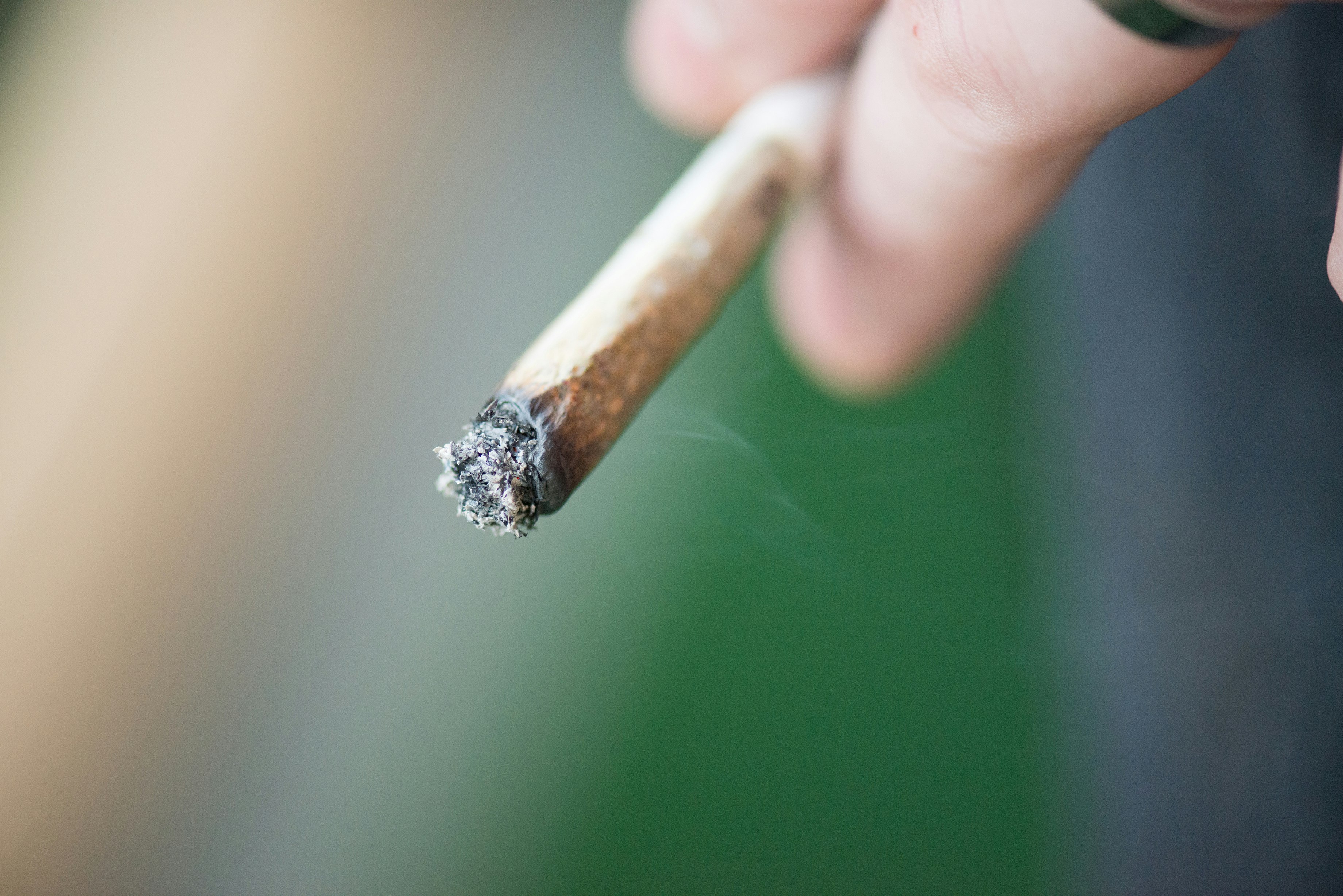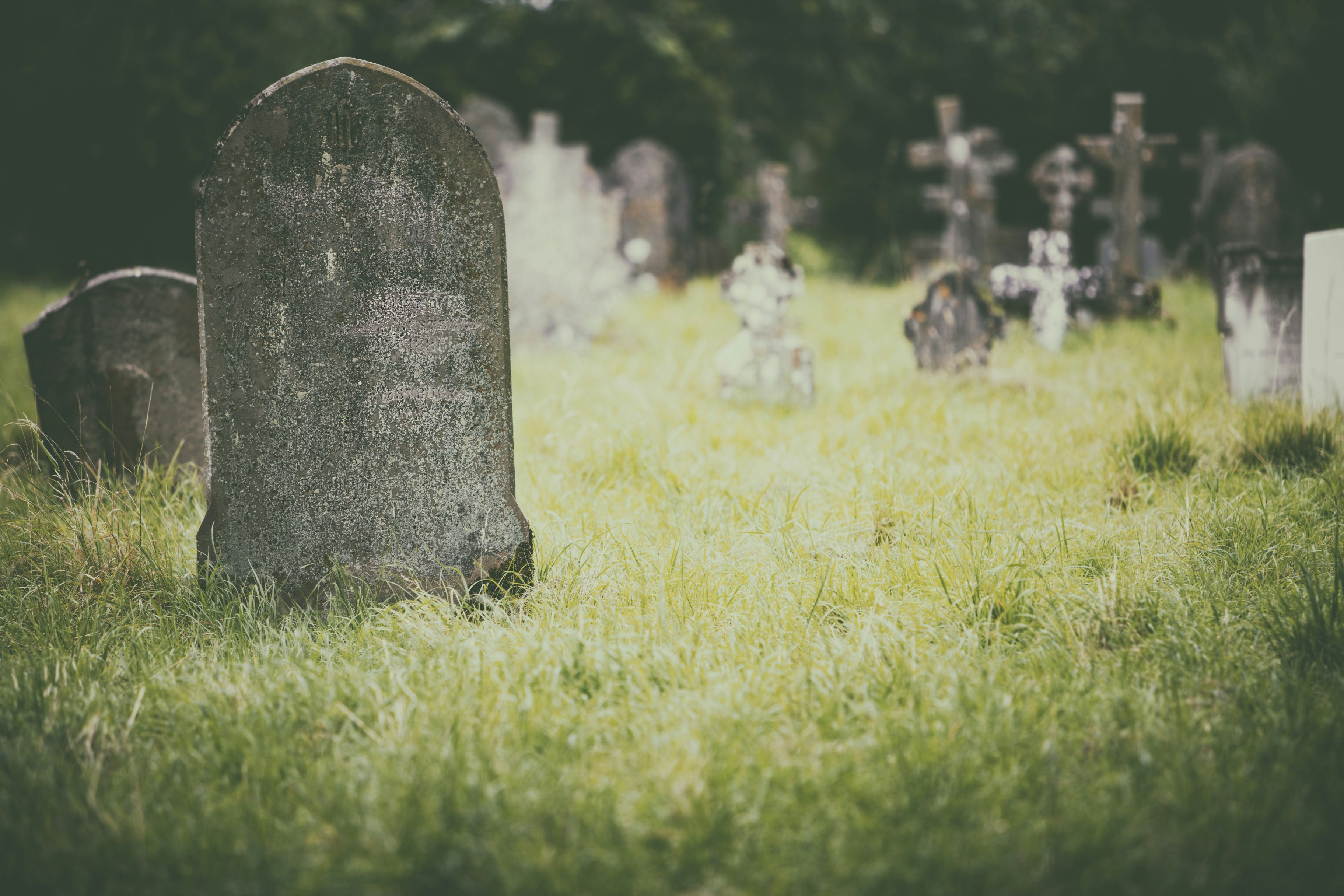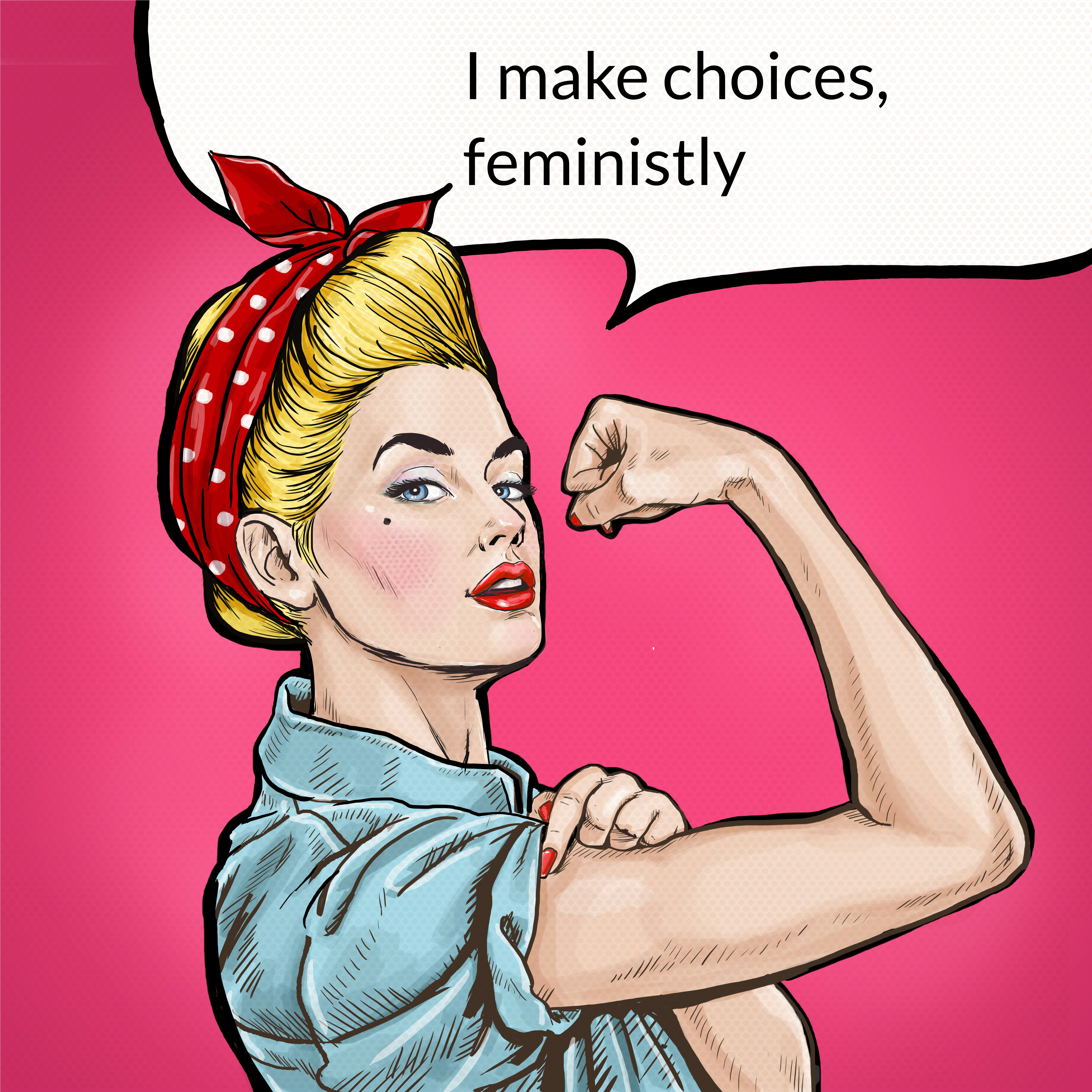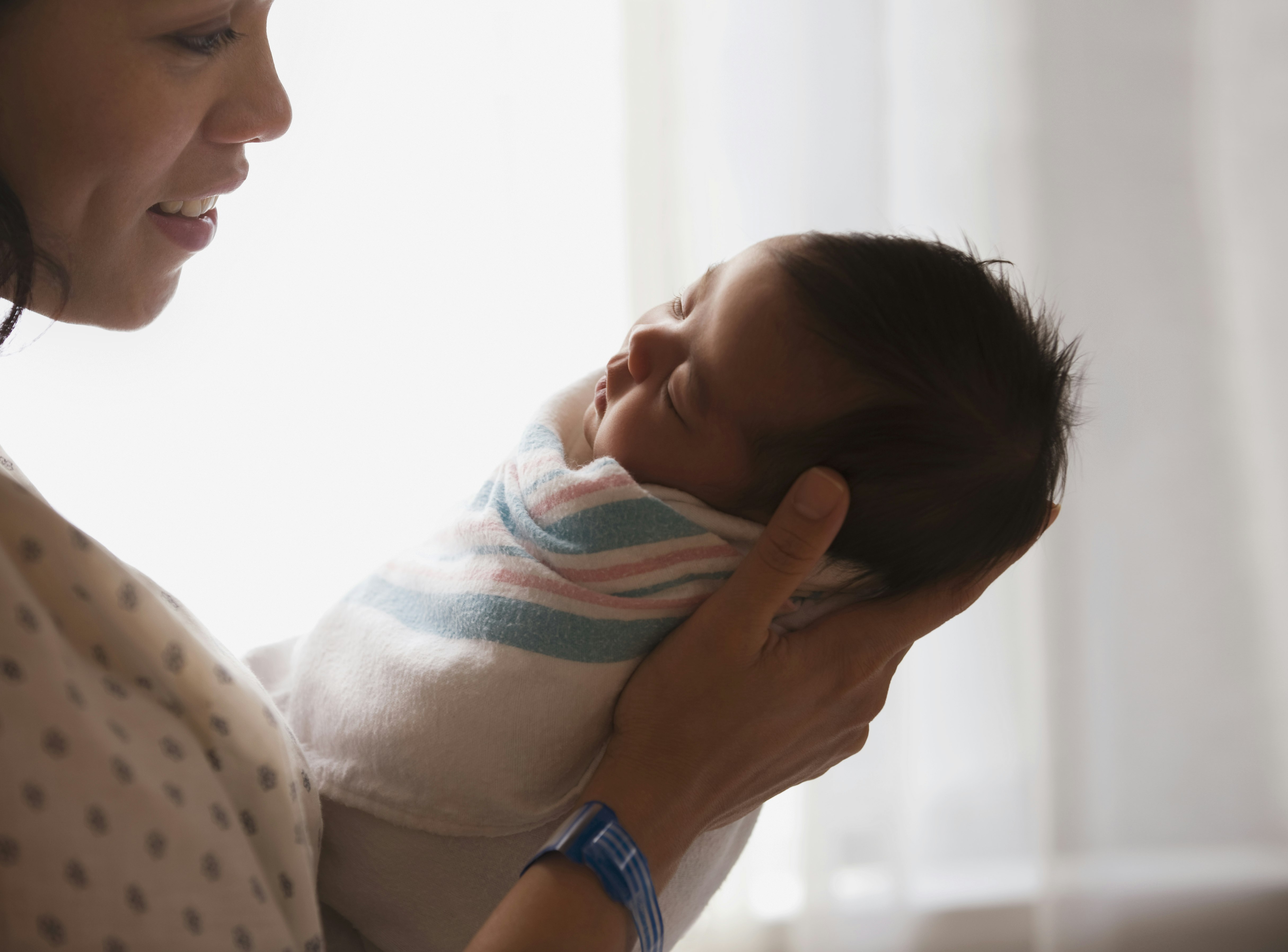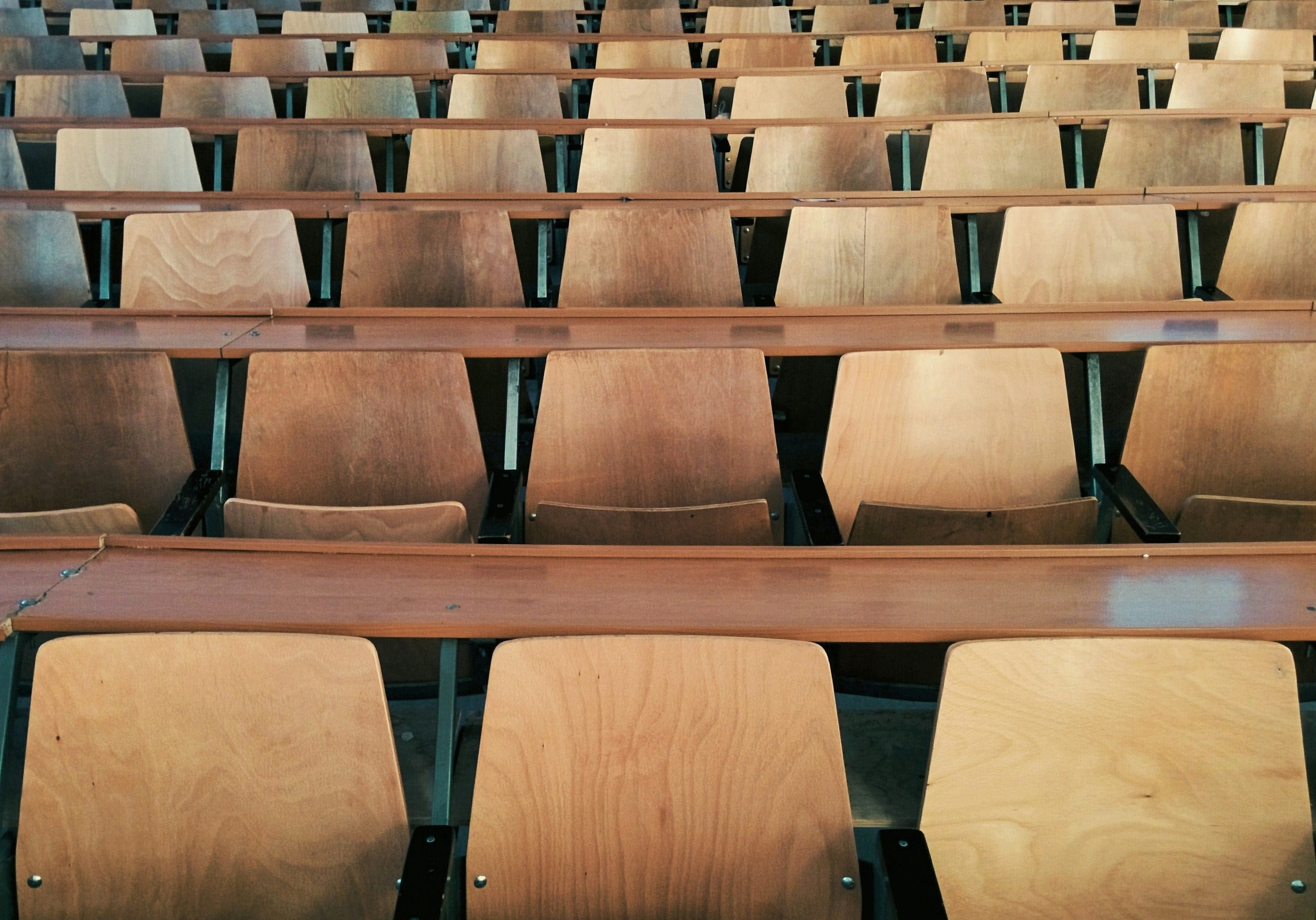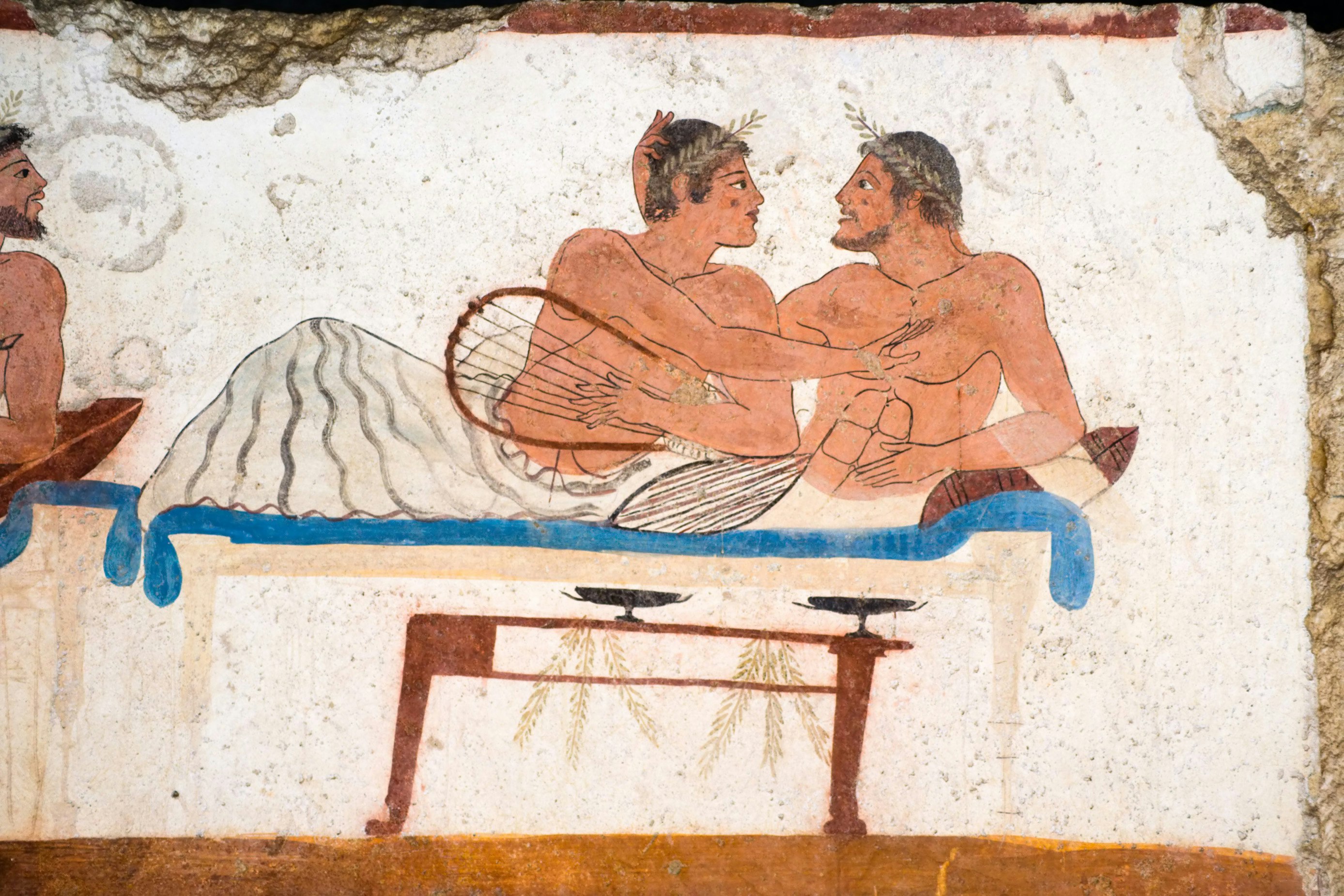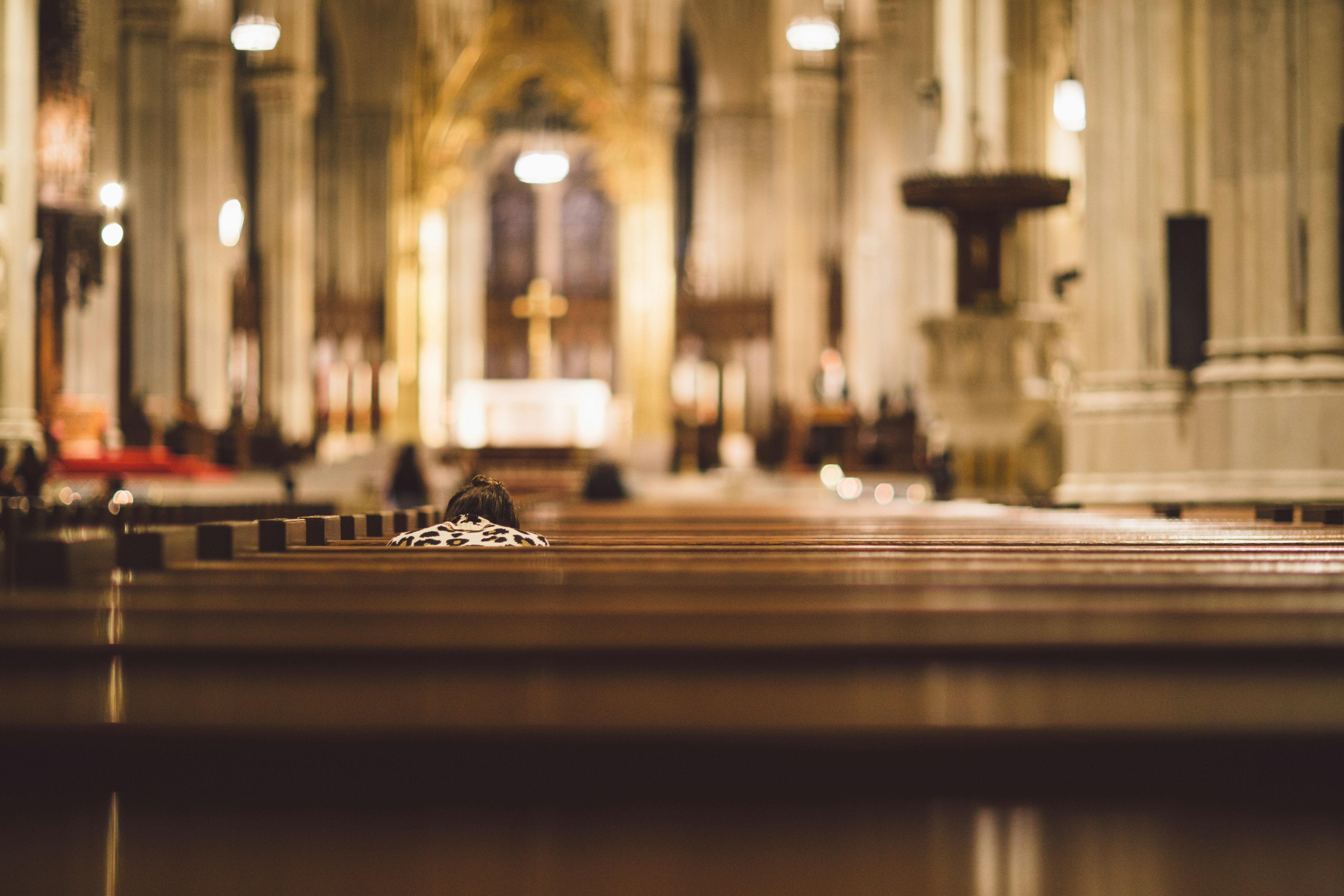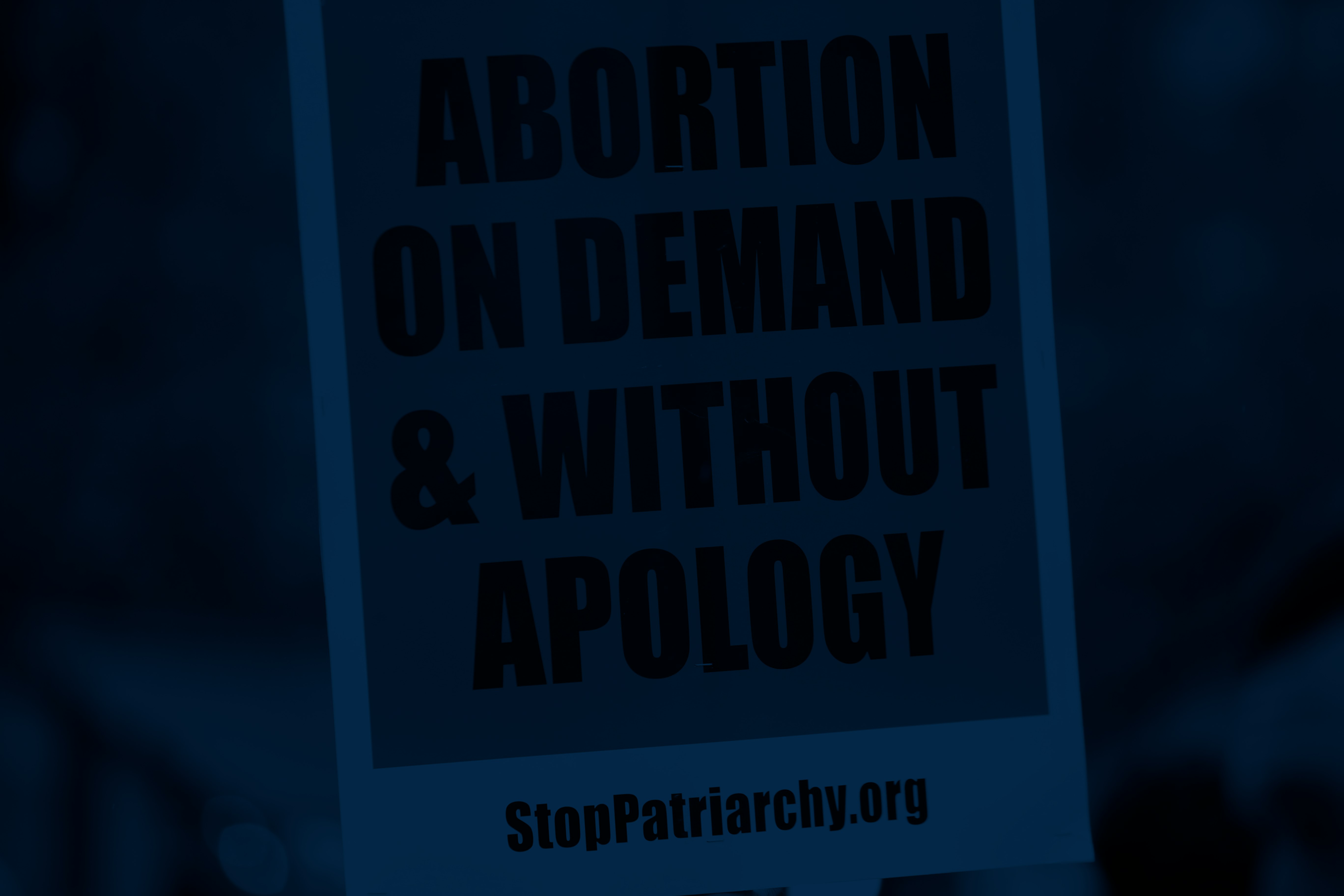In 1928, New York City was about to tear down an old, notorious jail and build a new, state-of the-art institution. The old jail, on Roosevelt Island (which was then called Welfare Island), was overcrowded, overrun with rats, and lacked plumbing. The new jail would have a proper hospital, and each inmate would get their own sunny, well-ventilated cell. This jail, located on a 413-acre patch of land in the East River between the Bronx and Queens called Rikers Island, would correct the evils of its predecessor, The New York Times wrote.
Last summer, New York unveiled its plan to close down Rikers’ notorious jail complex. Over the next few years, the city will shift inmates into four new jails and “put some humanity back” into incarceration, Mayor Bill De Blasio said.
New York’s plan is part of a long, ahistorical tradition — the U.S. has been reforming its penal system for centuries and, each time, it ends up torturing people anew. One common thread is an insidious principle of American governance: incarceration must be worse than even the bleakest freedom. No matter how hungry or cold or disrespected or afraid someone feels on an American street, it’s reliably better than they’d feel locked up.
In the late 1700s, the English philosopher Jeremy Bentham codified the idea that the living conditions of people sentenced to punishment should be worse — “less eligible” — than those of their poor but free fellow citizens. A few decades later, 19th-century English workhouses put Bentham’s cruel common sense into practice. Desperate people could enroll themselves to get free nutrition and a roof, but in exchange they had to suffer in other ways. Because the food and shelter in a workhouse were often better than what an independent laborer could afford, those “comforts” had to be counterbalanced, the thinking went.
Workhouse residents were separated from their families, forced to give up their possessions, and compelled to follow joyless routines. Anything better, and the state would be incentivizing its citizens to institutionalize themselves. Given the literally Dickensian conditions poor people faced, workhouses became infamous.
“Into such a house none will enter voluntarily,” reads an 1834 government report on the Poor Laws, which dictated the administration of the workhouses. “Work, confinement, and discipline, will deter the indolent and vicious.”
In the United States, “less eligibility” has never formally defined government policy — the nation hasn’t carefully calibrated the conditions of its prisons in line with living standards of the poorest free Americans. But the U.S. inherited its mother country’s commitment to policing the behavior of “undeserving” poor people, and that naturally follows the logic of less eligibility — like “workfare,” for instance. Poor people who break the law need an even harsher dose of disincentives, the thinking goes.
In 1994, for example, U.S. lawmakers scrapped Pell Grants for college classes for people in prison. Axing inmates’ access to the federal funding was really about neutralizing public anxiety about the growing unaffordability of higher education, among other economic struggles, explained the sociologist Joshua Page in a 2004 paper in the journal Punishment & Society. Conditions inside prisons are inextricable from those beyond their walls — the country’s moral calculus wouldn’t let criminals attend universities when decent folks barely could, no matter what it did for recidivism rates.
As the welfare of most Americans stagnates or declines, the U.S. has stumbled on new ways to deter people from “three hots and a cot” — three warm meals and a bed. The rise in violence in prisons is an integral part of their role in the country’s order, wrote law professor Ahmed White in a 2008 paper in The Buffalo Law Review. Prison conditions are generally better than they used to be, which helps explain the nation’s fatalism and indifference about the violence, he explained. Over the past few decades, inmates won access to (shoddy) health care, among other baseline improvements — today, black men actually live longer in prisons than outside of them. Amid those reforms, the illegal violence inside prisons has helped ensure incarceration remains horrifically punitive for even the worst off free Americans.
“Prison is hell,” wrote White, in “The Concept of ‘Less Eligibility’ and the Social Function of Prison Violence in Class Society.” “But, critically, so are the lives of poor people.”
To be sure, Rikers Island Correctional Facility has long been an especially appalling place to be imprisoned, and the island itself has an almost mythically vile history. The island is mostly made of garbage. Its enormous rats, which came to the island on garbage barges, were said to have killed pigs from the jail’s farm. There was also the legendary fire, borne of the garbage, that burned beneath the earth for about 20 years some 25 feet underground. The fire kept the soil so warm that it melted snowfall. The metaphor writes itself.
But spending $10 billion dollars on new jails will just reset the short time before the logic of “less eligibility” helps drags them back to hell. Rikers was already a mess less than 10 years after it opened.
Inmates in the U.S. will never have adequate security, health care, and paths to fulfillment so long as so many of the country’s free citizens lack those same things, and the debasement of the marginalized will continue to lower the ceiling on prison reform. Meaningfully changing prisons is inseparable from — and impossible without — broader transformations like universalizing health care and making housing a human right.
New York City officials say the planned jails will be modern and humane, and that inmates will have access to proper medical care, therapy, and a quality education. But city officials also currently oversee a school system attended by more than 100,000 homeless children. New York wrongs the innocent and the adorable. Will it plausibly do right by the people society likes least?
Ten billion dollars could buy a lot of good, but history suggests no amount of money can build a righteous jail in America.


